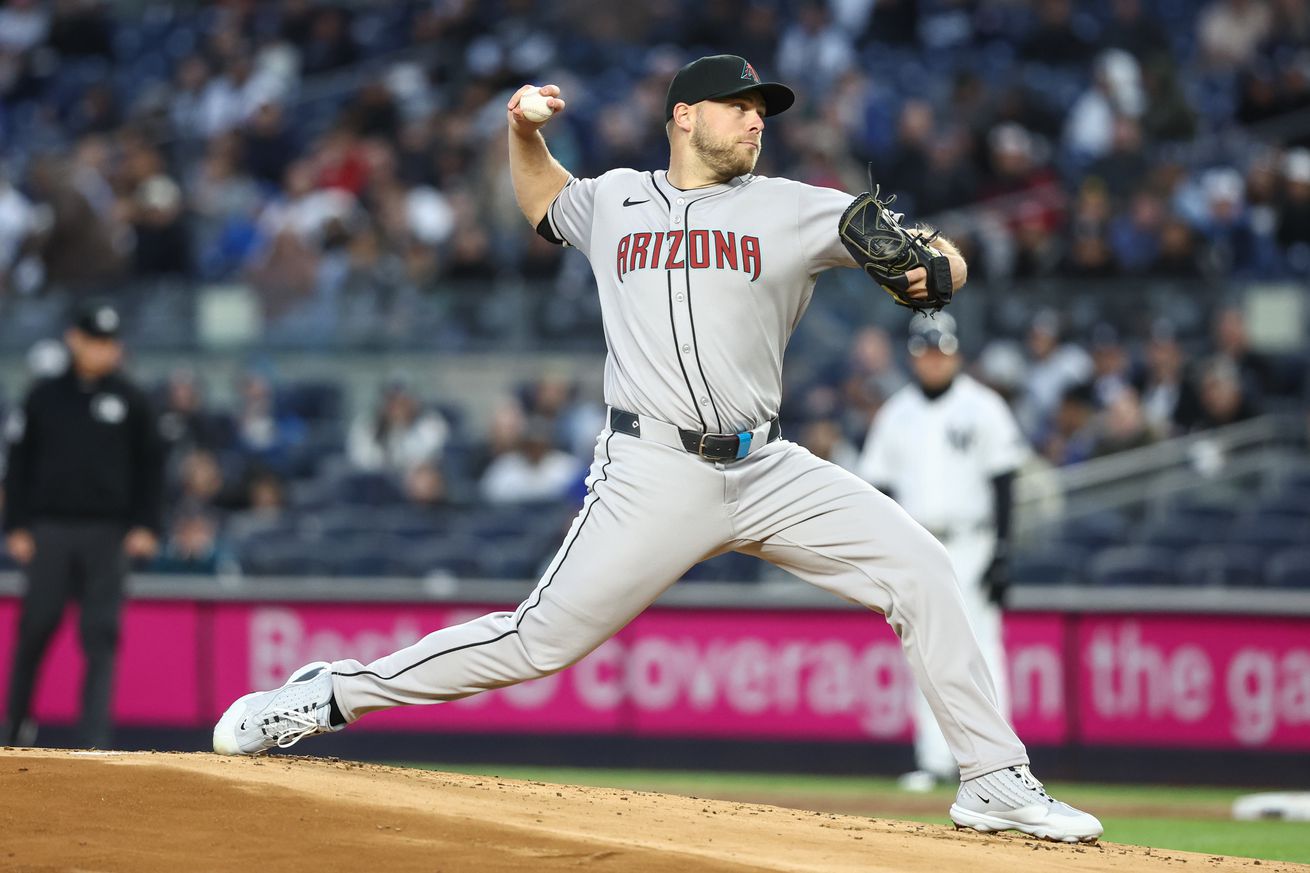
How will the latest big-name free agent pitcher affect Mike Hazen’s reputation?
A little over a month ago, the D-Backs’ subreddit included this post with the title, “Hazen Disrespected” for being left off a top-10 list for front office members in MLB. It’s still unclear to me who/what was the source for the list, but it included unsurprising luminaries like Alex Anthopolous from Atlanta and Dave Dombrowski from Philadelphia alongside some head-scratchers like Mike Rizzo from Washington and Chris Young from Texas. To say the least, there were some very, very strong feelings from my fellow Redditors about Mike Hazen’s “snub” from being left off the list. I know that Reddit (like any social media site) should be taken with a significant grain of salt, but the “discussion” got me thinking about where Hazen actually deserved to be ranked. More specifically, with the Corbin Burnes era in Arizona officially beginning this week, I wanted to take a step back and evaluate Hazen’s tenure for selecting and signing free agent pitchers.
It’s hard to believe, but Hazen is already the seventh-longest tenured general manager in MLB dating back to his hiring in the 2016-17 offseason. In that time, the team has a combined 584-610 record and failed to make consecutive playoff appearances – as well as an incredible run to a World Series. I was particularly struck while reviewing his tenure to this point by Hazen’s relatively poor track record when it comes to big free agent starting pitchers. Most egregiously of course was the signing of Jordan Montgomery at the beginning of last season, but it’s difficult to forget the saga that was Madison Bumgarner’s Arizona tenure and the uninspiring performance from Eduardo Rodriguez to this point. While every signing, trade, draft pick, and every other decision a general manager makes is a gamble of some kind, they’re usually guesses borne out of experience, data, and team consensus. I also know that it’s particularly easy for me to play armchair general manager when my livelihood isn’t on the line, there is no public scrutiny of my decisions, and I have the incredible benefit of hindsight.
However, even with those admittedly high caveats, there were warning signs both on and off the field for the first two pitchers – including a lack of maturity and coachability for Bumgarner as well as a general desperation for Montgomery. Meanwhile, the former’s FIP and other peripheral statistics had been declining for three straight years prior to being inked by the D-Backs after peaking in 2016 and a fourth-place finish in the Cy Young voting that year. Similarly, it feels like in hindsight that Montgomery may have been signed more out of recency bias and his own excellent postseason in 2023 rather than because he was a natural fit for the team. They were also both veterans on the wrong side of 30 who were seeking top-line starter contracts without the kind of pedigree or track record to meaningfully
So then why do I still have any hope that the Burnes signing will be different than the ones above? Well, for starters, I like to keep myself in an optimistic-minded headspace as much as possible as I’ve noticed it can have a profound impact on how I approach my life and the people around me. More specifically, I have faith that Hazen has learned from his past mistakes on some of these signings and that the staff’s analytical framework is more robust than it has been for previous signees. I also had the privilege to watch him pitch every five days for my American League team the Orioles last year and saw exactly how devoted he his to his teammates and the kind of work ethic he brings to the locker room day in and day out. Let’s just hope that his uneven team debut was nothing more than some nerves and general anxiety about opening a new season.